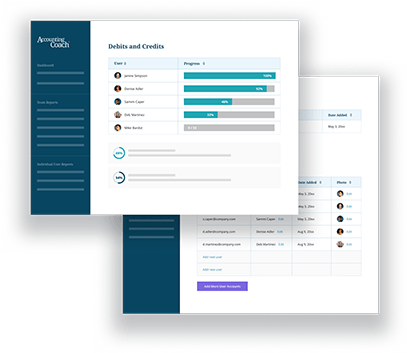Definition of Flexible Budget and Flexible Budget Variance
First, a flexible budget is a budget in which some amounts will increase or decrease when the level of activity changes. A flexible budget variance is the difference between 1) an actual amount, and 2) the amount allowed by the flexible budget.
Static Budget vs. Flexible Budget
To help in understanding the flexible budget variance, let’s assume that you are the manager of a company’s shipping department. You prepared the department’s annual budget based on the company’s assumption that 50,000 items will be shipped during the budget year. If the annual budget is not changed when more or less than 50,000 items are shipped, it is referred to as a static budget. A summary of the department’s static budget based on shipping 50,000 items is:
Fixed expenses (salaries, utilities, etc.) of $350,000 + variable expenses (cartons, helpers, etc.) of $150,000 (50,000 items X $3 each) = total static budget of $500,000.
Unlike the static budget, a flexible budget for the shipping department will increase when more than 50,000 items for the year are shipped and it will decrease when fewer than 50,000 items are shipped. Let’s assume that for the year, the department actually shipped 54,000 items. Therefore, the flexible budget for the variable expenses will “flex” for shipping the additional 4,000 items. The resulting flexible budget summary is:
Fixed expenses (salaries, utilities, etc.) of $350,000 + variable expenses (cartons, helpers, etc.) of $162,000 (54,000 items X $3 each) = total flexible budget of $512,000.
Flexible Budget Variance
Now let’s assume that the shipping department’s actual expenses for the year were:
Fixed expenses of $351,000 + variable expenses of $157,000 = total actual expenses of $508,000.
The department’s total flexible budget variance is $4,000 favorable since the actual expenses of $508,000 were less than the flexible budget of $512,000.
Note that the shipping department’s total static budget variance is $8,000 unfavorable since the actual expenses of $508,000 were more than the static budget of $500,000.
The $12,000 difference between the two variances result from the flexible budget being increased by $12,000 to recognize that an additional 4,000 items had to be shipped at a budgeted shipping cost of $3 per item.
Flexible Budgets Could Flex for Various Activities
The activities that could cause flexible budgets to flex might be the amount of sales, units of output, machine hours, miles traveled, etc.




